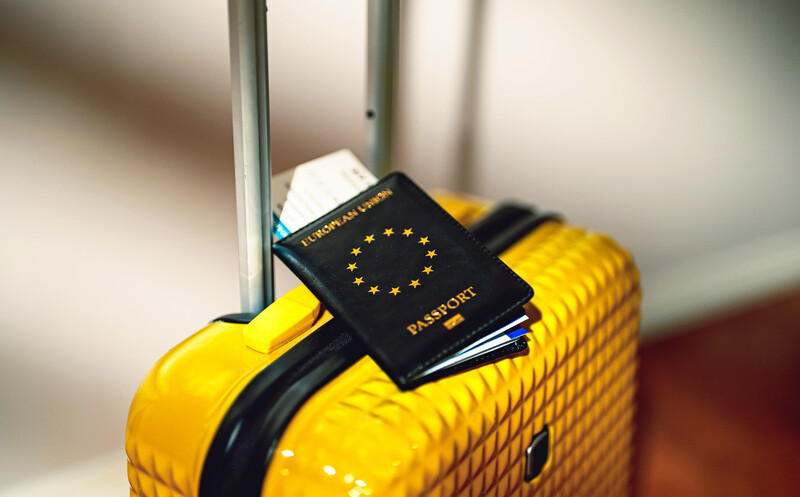Originally, the new “e-visa” program was slated to begin May 2023. It would require that travelers from countries outside of the Schengen Area be fingerprinted and pay a fee to visit France, Spain and other EU nations. European Commission bigwigs have now decided to delay the scheme until the first half of 2025.
“ETIAS is indeed now scheduled to enter into operation as of November 2023, according to current planning,” a spokesperson for the European Commission told TPG.
What is ETIAS?
ETIAS is a visa-waiver scheme similar to the current Electronic System for Travel Authorization used in the U.S. The form will act as a preauthorization system to allow travelers from 63 third countries (the list is here) outside of the Schengen Area — including the United Kingdom and U.S. — to enter the region for up to 90 days within a 180-day period, without a full visa.
Similar to ESTA in the U.S., ETIAS will cross-check visitor information with government databases and watchlists before issuing authorization to enter. The information collected will also be used in data tracking for business and tourism purposes.
ETIAS covers European countries that are part of the Schengen Area travel agreement; the region includes most the EU, with the addition of Iceland, Norway, Switzerland and Liechtenstein but minus Ireland. An individual’s ETIAS authorization will be valid for an unlimited number of entries over three years.

European countries requiring ETIAS
Countries require visa-exempt travellers to have an ETIAS travel authorisation.:
AUSTRIA, BELGIUM, BULGARIA, CROATIA, CYPRUS, CZECH REPUBLIC, DENMARK, ESTONIA, FINLAND, FRANCE, GERMANY, GREECE, HUNGARY, ICELAND, ITALY, LATVIA, LIECHTENSTEIN, LITHUANIA, LUXEMBOURG, MALTA, NETHERLANDS, NORWAY, POLAND, PORTUGAL, ROMANIA, SLOVAKIA, SLOVENIA, SPAIN, SWEDEN, SWITZERLAND
Who needs an ETIAS travel authorisation
Albania, Andorra, Antigua and Barbuda, Argentina, Australia, Bahamas, Barbados, Bosnia and Herzegovina, Brazil, Brunei, Canada, Chile, Colombia, Costa Rica, Dominica, El Salvador, Georgia, Grenada. Guatemala, Honduras, Hong Kong SAR, Israel, Japan, Kiribati, Macao SAR, Macedonia, Malaysia, Marshall Islands, Mauritius, Mexico, Micronesia, Moldova, Monaco, Montenegro, New Zealand, Nicaragua, Palau, Panama, Paraguay, Peru, Saint Kitts and Nevis, Saint Lucia, Saint Vincent, Samoa, Serbia, Seychelles, Singapore, Solomon Islands, South Korea, Taiwan, Timor Leste, Tonga, Trinidad and Tobago, Tuvalu, Ukraine, United Arab Emirates, United States of America, Uruguay, Vanuatu, Vatican City, Venezuela.
If you come from any of these countries/territories and you plan to visit any of the 30 European countries listed above for a short-term stay, you will need an ETIAS travel authorisation.
“The ETIAS will be an automated IT system created to identify any security or irregular migratory risks posed by visa-exempt visitors traveling to the Schengen area, whilst at the same time facilitate crossing borders for the vast majority of travellers who do not pose such risks,” according to the European Commission.
How much will it cost and what information will I have to provide?
The ETIAS will cost 7 euros (about $7) for a three-year permit that allows “third-country nationals” to enter the Schengen Area for up to 90 days within a 180-day period. Only visitors who are between the ages of 18 and 70 will need to pay the application fee, but those of all ages will still need ETIAS authorization to enter.